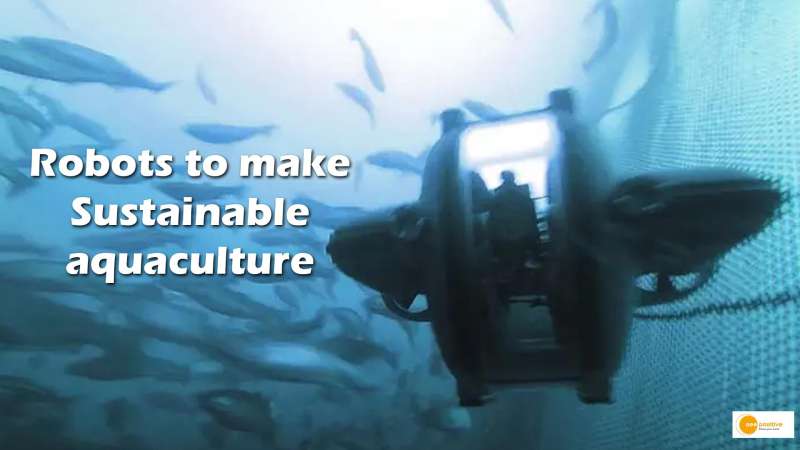

In a remarkable development, a student from the Computer Science and Engineering Department at the renowned NIT has crafted a cutting-edge Fish Pond Water Quality Monitoring Device. This ingenious device, equipped with seven sensors, is set to transform the aquaculture industry by providing fish farmers with real-time data on their pond’s water quality. Say goodbye to the hassles of frequent water testing, as this device promises to optimize fish growth and revolutionize fish farming practices.
Solving the environmental woes of fish farming
Traditional fish farming methods have often led to environmental challenges, especially with regards to water quality management. However, this new device seeks to tackle the issues head-on, making fish farming more sustainable and environmentally friendly. By continuously monitoring critical water parameters, it ensures fish farmers can take prompt action to maintain an optimal environment for their aquatic stock.
Multi-sensor magic
The Fish Pond Water Quality Monitoring Device boasts seven essential sensors, each playing a vital role in assessing the pond’s water conditions:
1. Turbidity Sensor: This sensor gauges the cloudiness of the water, preventing excessive sunlight penetration and enabling better oxygen distribution for aquatic plants and fish.
2. pH Sensor: Keeping a close eye on pH levels (ranging from 6 to 8.5) ensures fish health remains optimal. Too high or too low pH can lead to acidity or alkalinity, both detrimental to fish.
3. Temperature Sensor: With a range of 10 to 30 degrees Celsius, the temperature sensor helps maintain a suitable environment for fish growth. Extreme temperatures can lead to stress or fatalities.
4. Dissolved Oxygen Sensor: Crucial for aquatic life, this sensor measures oxygen levels (5 to 10 mg/l) in the water. Insufficient oxygen can lead to breathing issues for fish.
5. Nitrite Sensor: This sensor monitors ammonia byproducts, ensuring water quality remains safe for fish. Nitrite levels should ideally be at 0.01 mg/l.
6. Manganese Sensor: With a range of 0.1 to 1 ppm, this sensor identifies harmful minerals that can adversely affect fish.
7. Calcium Sensor (In Development): This upcoming sensor will help fish farmers assess the presence of various stones like limestone and gravel in the pond, guiding them on which materials support fish health.
Path to sustainability and efficiency
By implementing the Fish Pond Water Quality Monitoring Device, fish farmers can say goodbye to tedious manual water testing. This innovation empowers farmers with real-time data at their fingertips, enabling them to make informed decisions promptly. Moreover, the reduction of harmful practices associated with suboptimal water conditions will lead to a more sustainable and eco-friendly aquaculture industry.
A glimpse into the future
The success of this device is already gaining recognition, with a patent secured and more improvements underway. The device is a testament to the potential of combining technology with environmental stewardship. As it continues to evolve and expand, fish farmers across India and beyond will undoubtedly embrace it as an essential tool for modern aquaculture practices.
Conclusion
The Fish Pond Water Quality Monitoring Device developed by NIT’s Computer Science and Engineering student is set to revolutionize fish farming. With its array of seven essential sensors, it empowers fish farmers to maintain an optimal water environment for their aquatic stock. By streamlining water quality monitoring and promoting sustainable practices, this device marks a significant step towards a greener, more efficient aquaculture industry. As this innovation continues to evolve, it holds the potential to make a lasting positive impact on fish farming practices worldwide.
Also Read: Scientists have unveiled a robotic fish that removes microplastics from the seas and can heal itself


